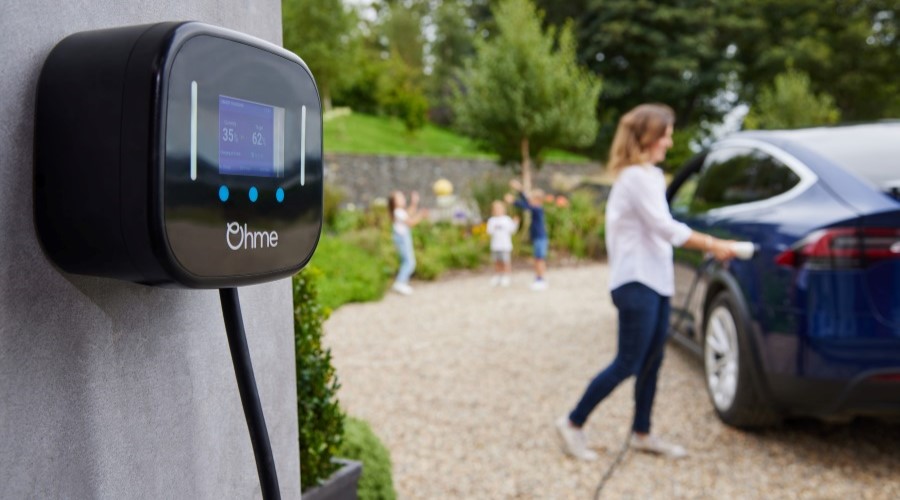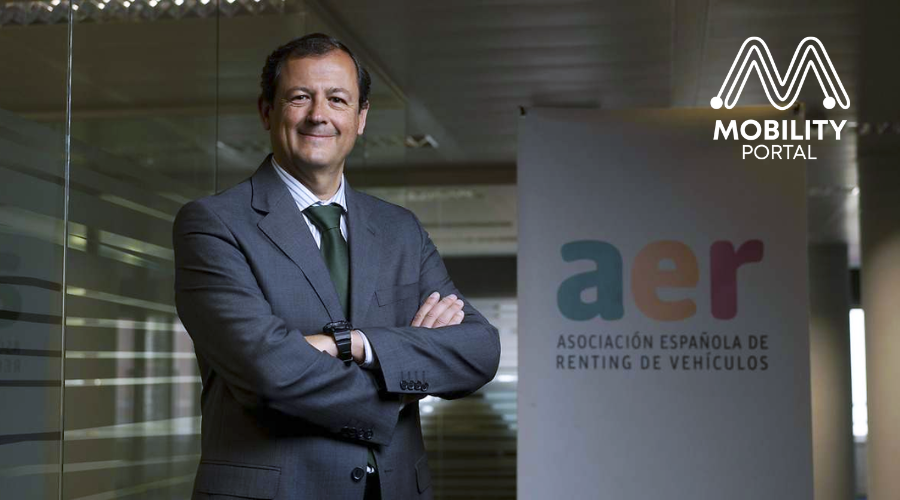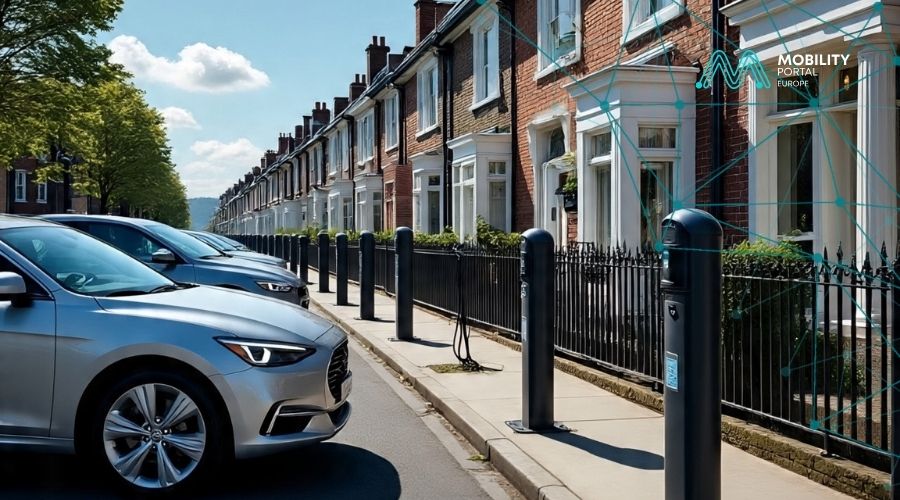Portugal closed 2024 with record figures, according to MOBI.E, registering more than 5,700 charging points, with an average of 87 per 100 kilometres of road and 118 per 100,000 inhabitants.

In this context, Bruno Gomes, Coordinating Director at BluInt (Casais Group) and Taís Santos, Electric Mobility Infrastructure Coordinator at Bluint (Casais Group), assures Mobility Portal Europe that “it is one of the most prepared countries for this new era of eMobility.”
The reasons? Primarily its energy infrastructure, one of the best in terms of efficiency and modernity.
“It is one of the finest electrical networks in Europe and the world,” emphasises Gomes.
This is because its development was carried out, for the most part, during the 1980s and 1990s.

“Therefore, Portugal has one of the newest networks in Europe, with outstanding key performance indicators, such as low transmission and distribution losses,” he explains.
Although the country does not produce fuels or gas, it does generate electricity from wind, sun, and water, the most essential resources for the eMobility sector.
Indeed, more than 70% of electricity production currently comes from renewable sources.
However, this situation does not rule out the need for investments in the grid.
On the other hand, it is worth noting that Portugal’s role in electric mobility is also reinforced by its charging interoperability system.
“We have a unique situation worldwide: we have the exclusive MOBI.E network,” says Gomes.
This is the public company that has been operating since 2015 as the Managing Entity of the Electric Mobility Network (EGME), assuming responsibility for the management and monitoring of the electric charging points network.
“As a user, it allows you to charge the vehicle anywhere in the country with just one type of identification,” he details.
In this context, as a MOBI.E charging point operator (CPO), to install a BluInt charger, it must be integrated into the public manager’s charging infrastructure and connected to its backend system.
This ensures that public points are compatible with any integrated card or app that sells energy or mobility services.
“This is how we work and how MOBI.E functions,” he affirms.
What is BluInt’s business model?
Backed by the Casais Group, the company specialises in the development of “green businesses,” focusing on three key areas: electric mobility, renewable energies, and building automation.
“In this way, when we face a project in a building, we can offer our clients a comprehensive solution that allows for smart control of all these solutions,” highlights Gomes.
This encompasses chargers, electrical infrastructure, solar panels, batteries, and grid connection.
As microgrid integrators, BluInt partners with companies such as Schneider and Siemens.
Its expertise allows it to go beyond installation.
“The real challenge arises when a client, for example, lives in a building with 200 neighbours and asks how to design an electrical infrastructure that can support 200 chargers simultaneously,” he states.
“This is where we make a difference,” he underscores.
To achieve this, it integrates systems into the existing energy grid, optimises the use of available power, and designs efficient management solutions.
It complements this with an app that allows its clients to manage their consumption, make payments via an electronic wallet, and monitor their installations transparently.
“In summary, we are integrators who offer complete and customised solutions, helping to transform buildings and fleets into intelligent and sustainable systems,” the Coordinating Director explains.
Its aim is to combine infrastructure, technology, and management systems to meet the challenges of the new electric mobility era.
Although its main focus is on buildings, it also provides services to industrial fleets, both for passenger and worker transport, as well as to clients operating heavy vehicles.
“We focus on the 85% of charging that takes place in residential and work environments,” concludes Bruno Gomes.
Read more:
-
Ohme arrives in Argentina to solve the “installation pain” and after-sales issues in home charging
Ohme is opening a subsidiary in the country with a “hardware + installation + app” model. It aims to fill the gap between dealerships and the power grid, work with all brands without exclusivity, and ensure that the charger works from day one.
-
AER confirma más del 70% de electrificación en renting, pero alerta: “España tiene deberes pendientes”
El renting español se electrifica a ritmo récord y rebasa el 70% de cuota, pero el despliegue integral aún choca con burocracia, falta de capacidad eléctrica y asimetrías territoriales. El sector demanda un impulso coordinado.
-
UK allocates £1.5 billion to accelerate electric vehicle transition
The new funding package includes support for affordable electric vehicles, accelerated rollout of public charge points, and a review of public charging costs to ensure long-term accessibility.












One Response
What an insightful piece on Portugal’s leadership in eMobility! I thoroughly enjoyed learning about the country’s advanced infrastructure and the unique MOBI.E network—it’s inspiring to see such a forward-thinking approach to electric mobility.